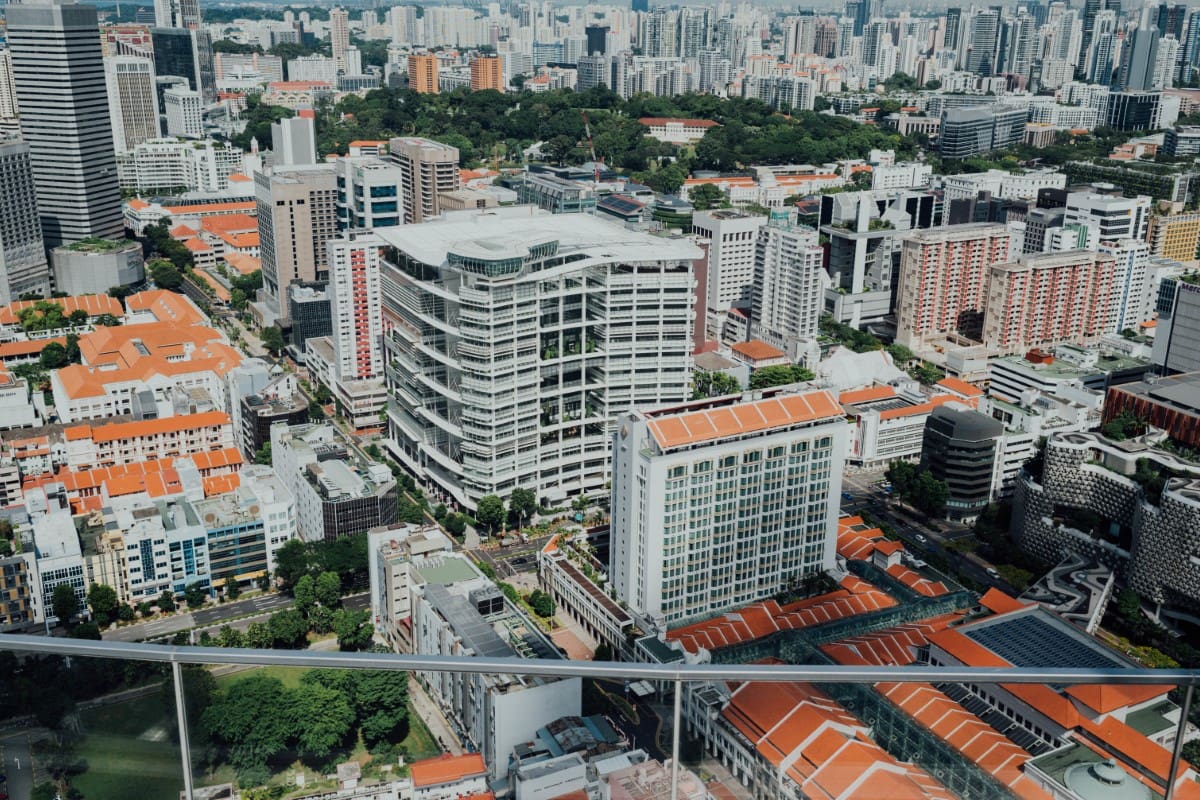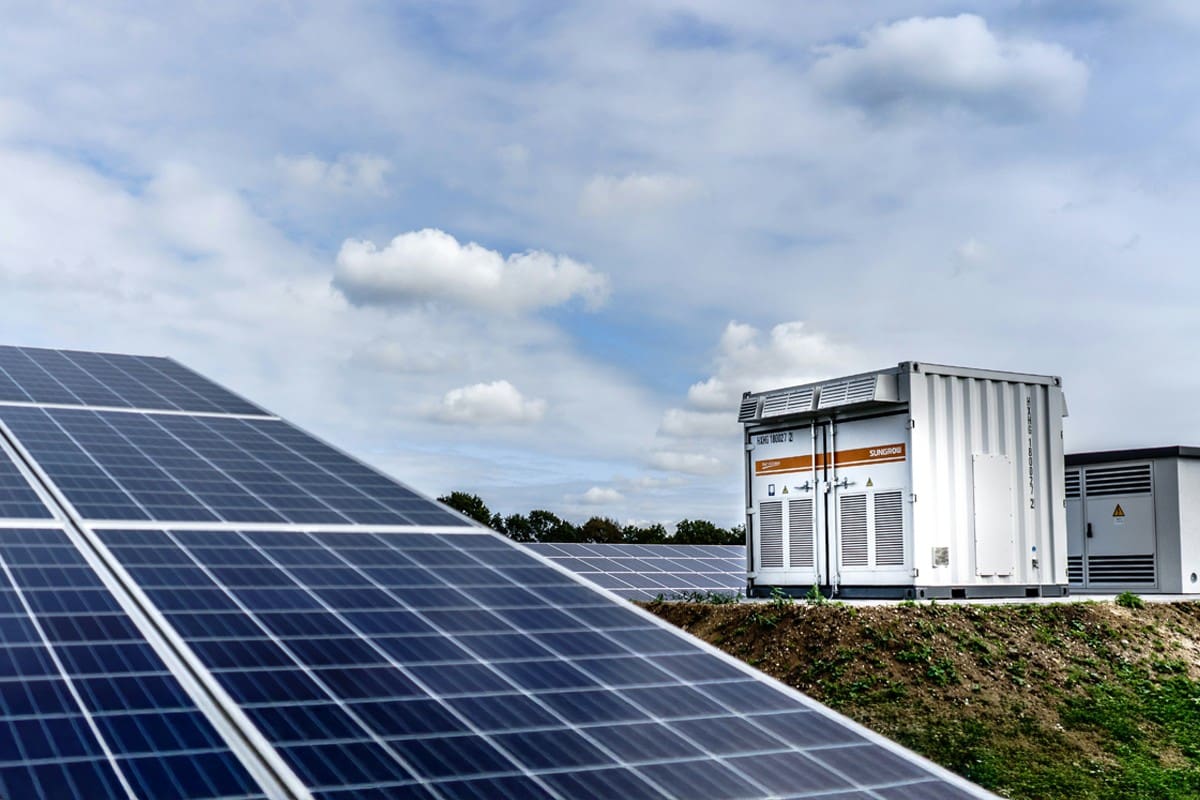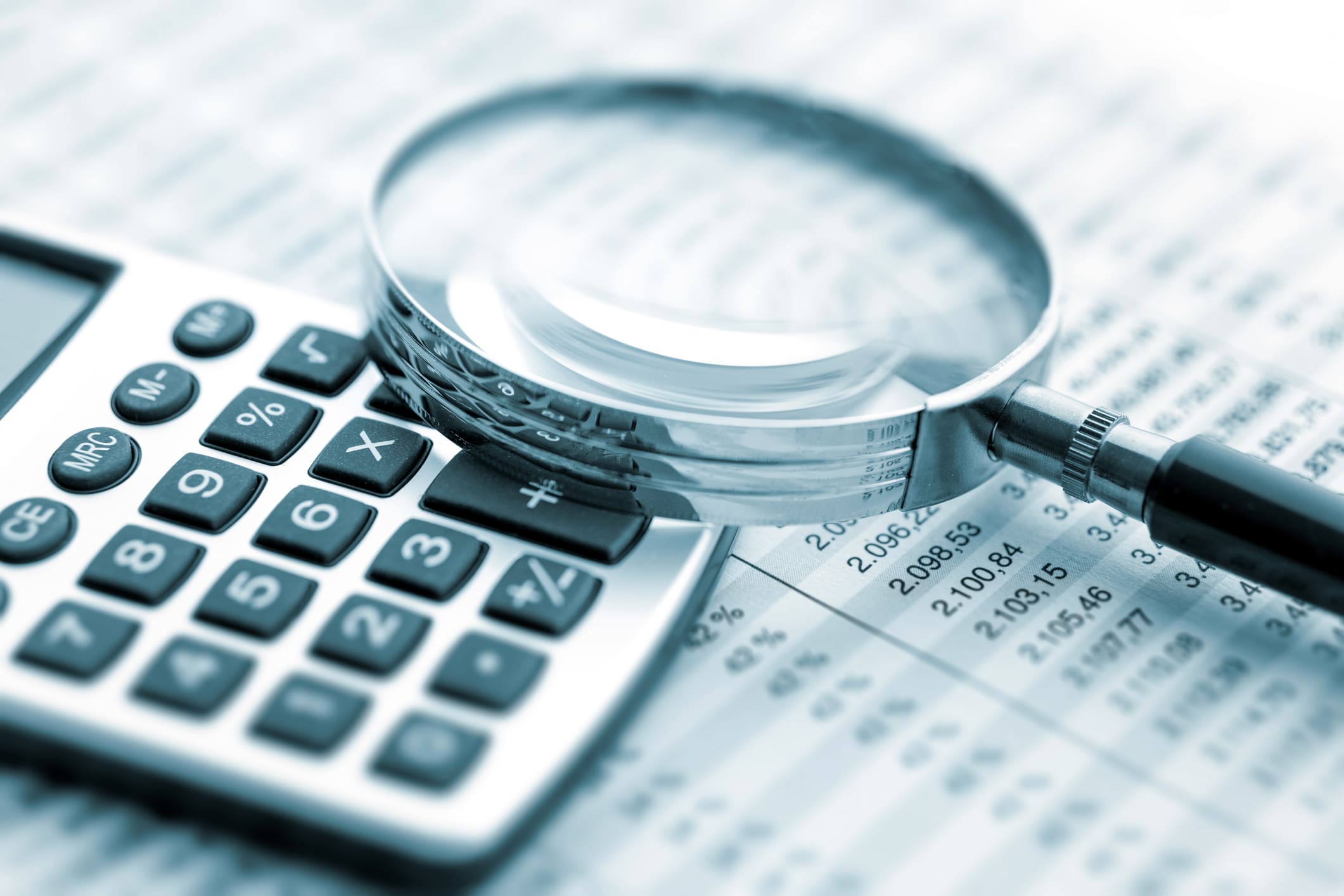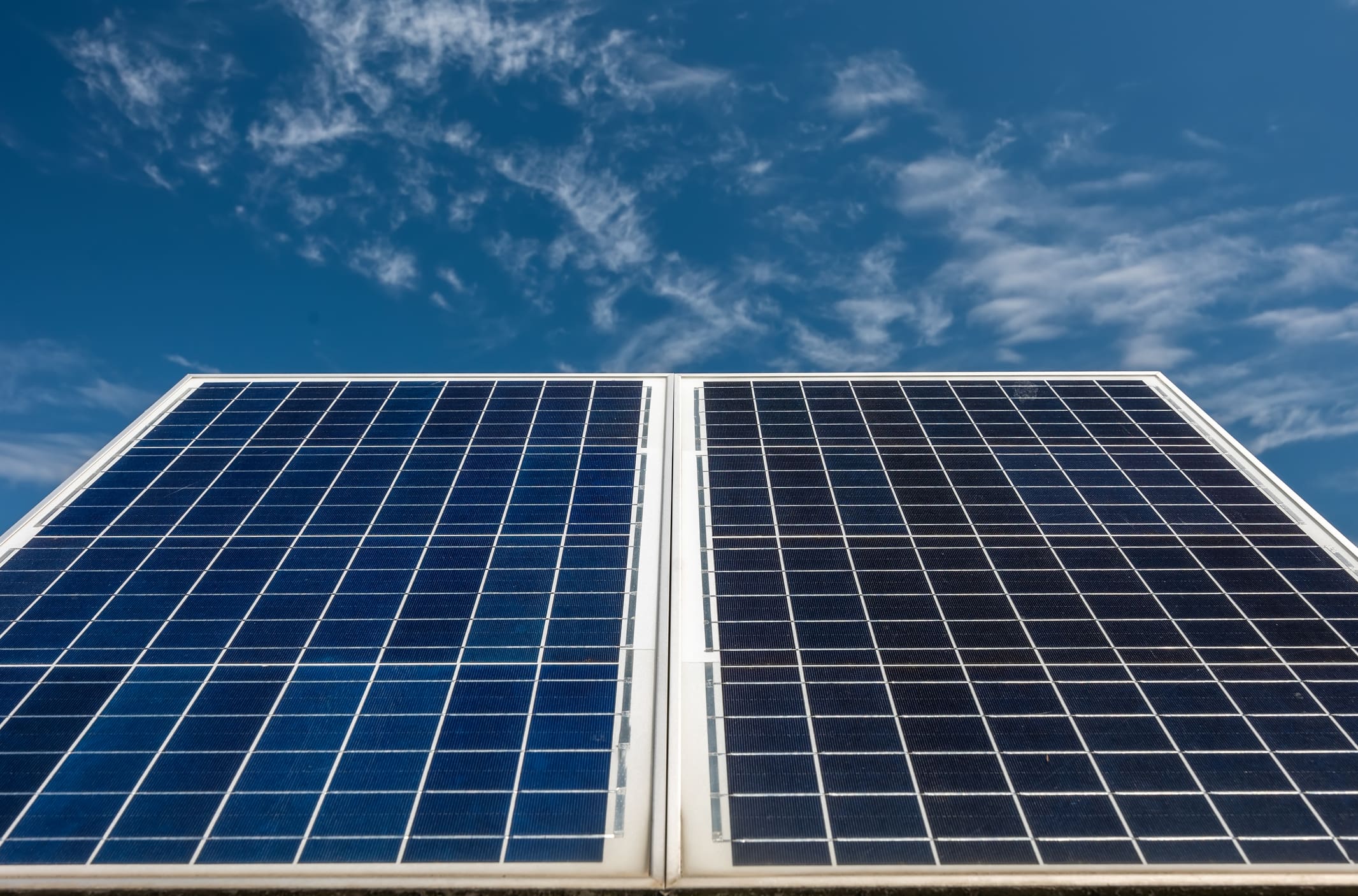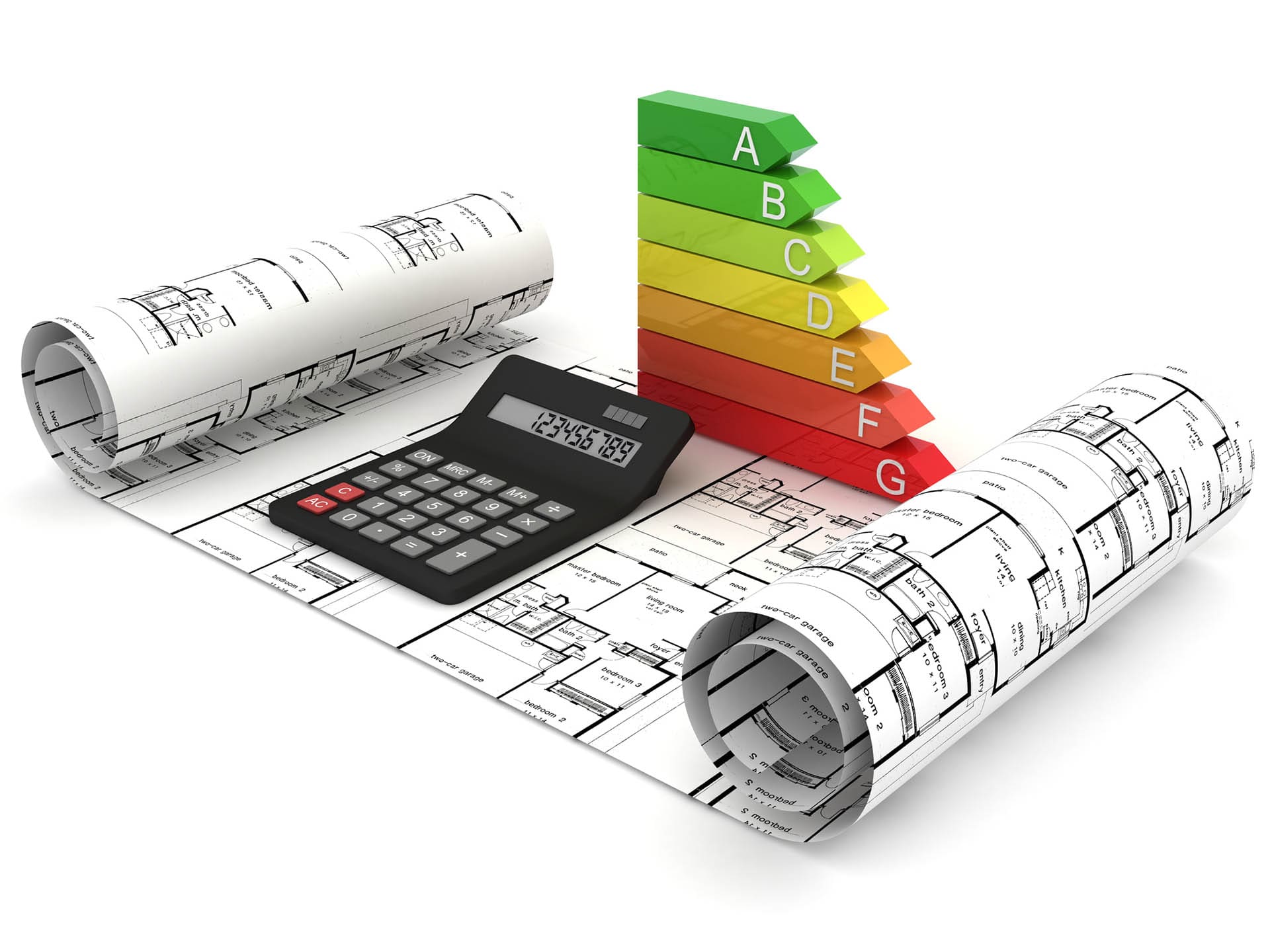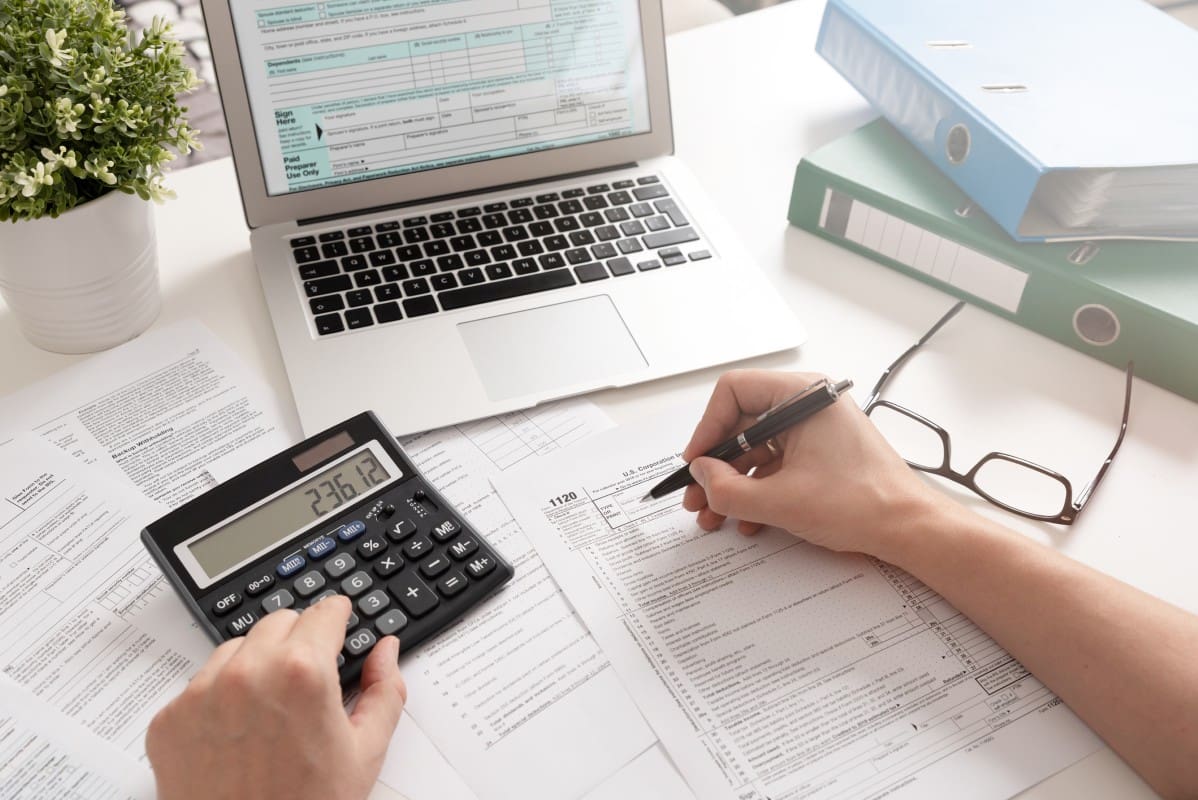What is the §179D Tax Deduction?
The Energy Policy Act of 2005 created a tax deduction for energy efficient buildings found in Section 179D of the Federal Tax Code. Section 179D provides a tax deduction for energy efficiency improvements to commercial buildings. Up until the IRA was introduced in 2022, the provision allowed for a tax deduction of up to $1.80 per square foot, factoring in inflation adjustments.
§179D Tax Deduction applies to commercial buildings that make substantial reductions in their energy consumption related to interior lighting, HVAC, and building envelope improvements.
Now get up to $5.00/sf leveraging bonus deductions through the IRA Prevailing Wage and Apprenticeship (PWA) requirements.
get startedOne Big Beautiful Bill Act (OBBBA) Change: The eligibility window has been shortened.
The 179D deduction is available for projects that begin construction by June 30, 2026. Tax-exempt building owners can allocate the benefit to eligible designers. For design teams and ESCOs, this is a time-sensitive opportunity. Even if your firm has low current tax liability, capturing and carrying forward this deduction can preserve long-term value.
Our Process
An initial consultation with a Walker Blue Advisor will result in an in-depth evaluation of your potential to benefit from a §179D Tax deduction.
The first part of our process is a complimentary feasibility study. At no charge, we will evaluate all of your buildings that contain an energy efficient system to determine their potential of qualifying for a 179D tax deduction. Minimal information about the energy-efficient property will be requested from the property owner to do so, such as data on the building and the energy efficient system like lighting and mechanical plans and schedules.
After pre-qualifying your building for the §179D Tax Deduction and its financial benefit, you will authorize a notice to proceed and perform the energy and certification study.
The energy study generally involves creating an energy model of the building to determine the reduction of the energy and power costs as compared to the ASHRAE 90.1-2007 baseline building. Once the savings are known, a site visit to the building will be completed to verify the information that was used to create the energy model.
Upon completion of the site visit, the building will be certified according to the IRS guidelines.
Once we have completed our study, you will receive a final report and the tax forms necessary to file your tax deduction. Our final report will contain all of the information needed in the event you are audited to satisfy the IRS and protect your money. We have never lost an audit because our analysis is sound and our reports are thorough. We guarantee it.
§179D TAX DEDUCTION: POST IRA
(Placed in Service 01/01/2023 or Later)
UP TO $5.00/SF
Includes Inflation Adjustment add-on
PARTIAL – BETWEEN $0.50 – $5.81 /SF
Partial Deductions Available Based on Energy Qualifications and Labor Requirements
LABOR REQUIREMENTS FOR INCREASED BENEFIT
5x Multiplier in effect for compliance with Prevailing Wage and Apprenticeship Requirements
TAX-EXEMPT ORGANIZATIONS
Expanded to include ALL tax-exempt organizations
WHOLE BUILDING ANALYSIS REQUIRED
Can no longer use partial system analysis for qualification
RE-CERTIFY BUILDINGS FOR NEW ENERGY IMPROVEMENTS
If new capital expenditure occurs private sector can be re-certified every 3 years, and tax-exempt every 4 years
ASHRAE STANDARDS
ASHRAE 90.1-2007 is the standard through 12/31/2026, increases to 90.1 2019 after 1/1/2027
ADDITIONAL QUALIFICATION METHODOLOGIES
Retrofits may use Energy Use Intensity methodology (Pre and Post Retrofit Measurement and Verification)
§179D TAX DEDUCTION: LEGACY
(Placed in Service Before 12/31/2022)
UP TO $1.88/SF
Includes Inflation Adjustment add-on
PARTIAL- $0.60/SF PER CATEGORY
Partial Deduction Available depending on energy savings per category (Lighting, HVAC, Building Envelope)
NO LABOR REQUIREMENTS
Labor Requirements do not affect legacy §179D Tax Deduction Amounts
GOVERNMENT BLDGS. ONLY
Only Government Building Owners may Allocate §179D to designers.
WHOLE BUILDING OR PARTIAL CATEGORY
Labor Requirements do not affect legacy §179D Tax Deduction Amounts
PREVIOUSLY LIMITED TO $1.80/SF
Prior to IRA changes §179D was only available up to $1.80/sf over the life of a building
ASHRAE STANDARDS
ASHRAE 90.1-2001 through 12/31/2014 and 90.1 2007 between 1/1/2015 and 12/31/2026
INTERIM LIGHTING RULE AVAILABLE
A simplified methodology for the lighting category, with additional partial qualification opportunities.
§179D Tax Deduction FAQs
§179D Tax Benefits can be a complicated series of requirements and savings. Below are some of the most frequently asked questions we have received.
If an Energy Efficient Commercial Building property was placed in service between 1/1/2006 and 12/31/2022, it would be considered a legacy 179D opportunity, Section 179D is an engineered-based tax incentive available for the reduction of energy and power costs in commercial buildings. The incentive was initially enacted under the 2005 Energy Policy Act (EPACT) and allows for a tax deduction of up to $1.80 per square foot. The 179D Tax Deduction specifically applies to those commercial buildings that notably reduce their interior lighting energy costs, as well as heating, cooling, and building envelope. the projects may qualify for the whole building deduction of $1.80/sf (plus inflation adjustments when applicable) or a partial deduction of $0.60 for HVAC, $0.60 for building envelope, and $0.60 for lighting systems (plus inflation adjustments when applicable).
- Commercial Buildings of any type
- Apartment Buildings of 4 Stories or more
- Government-owned buildings
- Parking Garages (prior to 1/1/2023)
- All Tax Exempt owned commercial buildings (Placed in service after 1/1/2023)
The §179D tax incentive was developed with a technology neutral approach. In general, new construction as well as retrofits with improvements made in a building’s lighting, HVAC, or envelope systems which reduce energy consumption and can be properly modeled by one of the DOE approved software, can qualify. These include energy management systems, VFD’s, heat recovery, motion sensors and many others.
The IRS has provided guidance on the requirements needed to satisfy a Section §179D Deduction. Walker Blue will provide all the documentation meeting and exceeding these requirements.
YES! Starting after 1/1/2023 any tax-exempt entity that has a commercial building eligible for a section §179D Tax Deduction may allocate the deduction to the designer that is primarily responsible for the design of the energy-efficient commercial building property.
Lighting systems eligible for a §179D deduction are specific to the interior of buildings only.
Although many states do allow for federal expensing and depreciation provisions such as §179D, the current treatment should be verified on a state by state basis.
It is possible that your CPA has taken other deductions but not necessarily the §179D Tax Deduction. The deduction is an engineering based approach that CPA’s typically are not qualified to perform in their day to day functions. We would be happy to discuss this further with your CPA and provide any information that your CPA may want regarding the deduction.
This depends on what year the energy-efficient commercial buildings property is placed into service.
From 1/1/2006 to 12/31/2022 the max available section §179D Tax Deduction is limited to $1.80/sf (plus inflation adjustments if applicable)
After 1/1/2023 the §179D is enhanced to a maximum of $5.00/sf (plus inflation adjustments if applicable)
Starting in 2023, privately owned commercial buildings can recertify the buildings for section §179D Tax Deduction once every 3 years (if new energy-efficient commercial building property is installed on the building) and tax-exempt entities may recertify the building once every 4 years (if new energy-efficient commercial building property is installed on the building)
For commercial building owners, a Change in Accounting Method Form 3115 may be used to take a §179D deduction in the current year’s tax filing to avoid amending the previous year’s tax returns.
For designers/contractors of government-owned and tax-exempt buildings, it is required to amend tax returns for projects that were placed into service in a previous year.
In order to benefit from the §179D tax incentive, the building owner must have installed property as part of a plan designed to reduce the total annual energy and power costs. Simply purchasing an existing energy efficient building will not meet these requirements.
Contact Walker Blue today and we will get you started. After a brief conversation determining viability, a §179D adviser will initiate the process for a full energy and financial benefit analysis.
A typical time frame for a full §179D Study is 4-6 weeks. Projects with full sets of design documents and immediate access for inspections will often result in shorter turn around times. For projects with shorter deadlines, please contact us for an assessment.
Walker Blue provides full audit defense through appeals, we can explain our audit policy in more detail during our initial consultation.
Walker Blue is committed to limiting our clients internal efforts and costs when pursuing a §179D certification. Any project information which cannot be effortlessly provided will be field gathered during the site inspection.
Government and Tax Exempt building owners are required to reduce the basis of the energy-efficient commercial building property by the amount of the §179D deduction allocated. Because it is not typical for a state agency to file an income tax return or to keep tax depreciation records, governments should not be at all affected by adjusting tax basis in the property. GAAP books and records are not affected by a tax basis reduction.
IRS guidance simply states that an “authorized representative of the owner of the government-owned building” must sign the declaration of the allocation letter. Typically, this would be any personnel familiar with the project and having the ability to verify information such as completion date and cost of the project.
Why Choose Walker Blue?
In-house Team
Accuracy & Efficiency
Collaborative Partnerships
Client-Centered Approach



